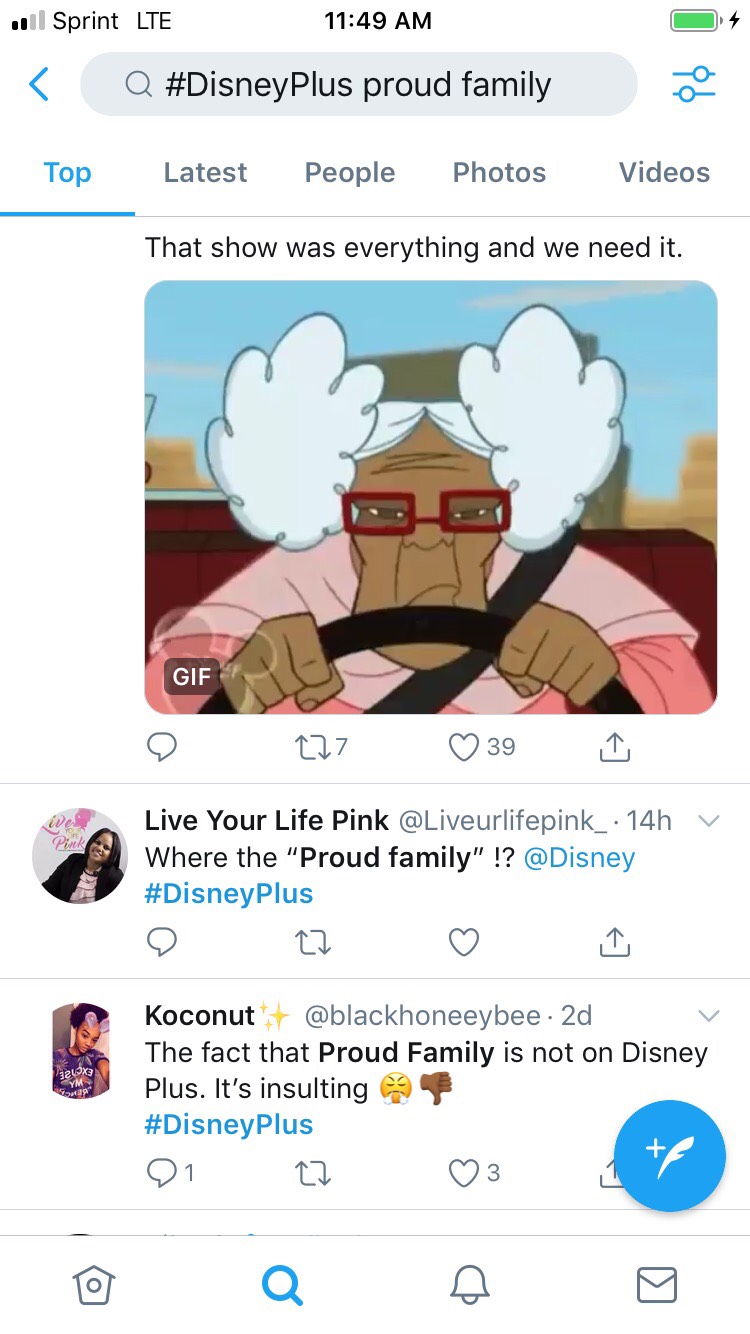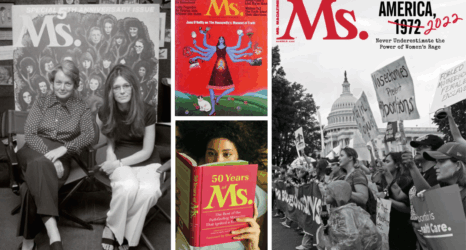Lilly Singh, feminist vlogger and host of the show A Little Late, noticed something wrong during the recent launch of Disney+, and pointed out that the platform’s tagging of “outdated cultural depictions” did nothing to keep demeaning stereotypes out of circulation. Many other viewers welcomed this gesture for the sense of historical responsibility it reflects.
But others still noticed that some depictions were absent—and sorely missed. While movies such as Commando Duck (1943), a propaganda cartoon in which Japanese soldiers were racially stereotyped during the war-time internment of Japanese Americans, have not been made available on the platform, neither have Seasons 1 and 2 of “The Proud Family,” a highly regarded series centering African American characters.

All of this raises a critical question: To what extent can a multinational conglomerate like Disney further social equality when it has so much prejudice in its past? Many of its new productions also continue to draw criticism regarding diversity, both onscreen and behind the scenes.
Conventionally, animated cartoons have largely remained overlooked by scholars as well as “serious” cinema and TV fans and critics. Exceptions to the rule include the many contributions of historians and cultural critics such as Maureen Furniss, Tom Sito and Esther Leslie. Several notable books and articles were written during the 1990s and 2000s on the subject of animation as an important cultural site.
However, due to a perfect storm of changing technologies, transnational production and the mainstreaming of intersectional feminism, the animation landscape is changing as quickly as Hollywood in general. Scholars like Mihaela Mihailova and Shearon Roberts and critics like Lindsay Ellis are beginning to publish articles that chronicle the past and present of women, LGBT and people of color in animation.
Not much has emerged in the more rigorous and less commercial world of academic book publishing—yet. However, a growing number of books from popular, rather than scholarly, presses are shining much needed light on some of the facts. Mindy Johnson’s Ink and Paint offers a visually spectacular and highly informative oversized book containing detailed histories of a large number of the women who have worked at Disney’s animation studio, with a particular focus on their use of new technologies. Johnson contextualizes their accomplishments historically by highlighting the social movements associated with each decade, although neither the women animators nor the productions engaged directly with these movements. Bestselling science writer Nathalia Holt’s The Queens of Animation also centers on technology and similarly positions itself as revealing untold and under-examined histories of women in animation.
But how feminist is this research and criticism? How critically do these offerings address power relations? Do they mobilize an intersectional feminist analysis? If so, how skillfully do they contextualize the films in a critical way to encourage meaningful equality in animation industries? ODo they merely enable studios to lay exaggerated claim to past and present wokeness while capitalizing on the continued normalization of prejudice and stereotypes?
The answers to these questions currently depend on how much information studios are willing to disclose and how feminist authors are allowed to be by their publishers. Many major animation studios, some of them famously insular and litigious, retain the upper hand in defining the historical and present status of inequality in the cartoon animation world. The balance of power is shifting, but certain studios continue routinely to deny scholars and journalists access to their historical archives in order to protect their public images, while employees past and present are beholden to confidentiality agreements. Those writers who do ascend to the hallowed halls peruse materials pre-curated by publicists.
Under current circumstances, authors must compromise to these terms or else risk losing the opportunity to conduct their research at all.
Horror filmmaker Mallory O’Meara’s book The Lady from the Black Lagoon contains exciting descriptions of her research process as well as of the life of Milicent Patrick, the woman animator and character designer who co-created the iconic monster in Universal’s 1954 horror film The Creature from the Black Lagoon. O’Meara stresses the crucial role that networking with other industry insiders played in her ability to get an appointment with an archivist at Disney’s Animation Research Library after learning that Patrick had worked there. Even with her years of experience building relationships in filmmaking, O’Meara’s pivotal opportunity to ask the right questions to the right person could easily never have happened. Amazingly, he had never heard of Patrick, though he did put O’Meara in touch with someone who ended up being able to help—historian Johnson, author of Ink & Paint.
Access to information about significant women in the history of popular culture should not be left to chance.
Johnson is a professor at CalArts, formerly the Chouinard Art Institute, which has the closest relationship with Disney of any art school in the world; her book Ink & Paint is published by Disney Editions. It is hard to imagine a researcher better positioned to produce a complete history of women in animation at Disney—yet Ink & Paint includes a request that readers contact Johnson if they know of any women who worked in animation at Disney but were not featured in the book. One cannot help but wonder if the studio was negligent in its record-keeping on women employees or, alternatively, if it has something to hide.
If the best industry connections and access to the archives only get a researcher so far, then who is truly writing the herstory of Disney animation and of animation in general? And what would a feminist herstory of women in animation look like?
Given the obstacles to conducting the necessary research, the history of women, LGBT and people of color in cartoon animation remains, in effect, the private property of corporations. These marginalized groups are underrepresented within the ranks of cultural production juggernauts, particularly at the upper levels of management. In light of the strong influence that cartoon animation has in society, this must change. Women and other minorities deserve information that portrays us accurately, precisely and fully, and this information must be freely accessible.
To a large extent, the information currently available about women, LGBT and people of color in animation amounts to a cartoon version of history, curated by publicists to project a carefully controlled message of having been on the right side of history all along. Using social media and consumer dollars in critical ways, users and fans can make clear demands for accountability, transparency and equality. Otherwise, online audiences and fans inadvertently perform the digital labor of revisionism, helping studios to hide from their own pasts.
Meanwhile, some authors writing about animation may be new to feminism. Hopefully, like numerous celebrities in recent years, these writers’ journeys of political growth will be shared with their audiences. It will be fascinating and energizing to see their critiques build momentum for change in the animation world, without concession to corporate power and grounded in full access to personnel records and other documents.





